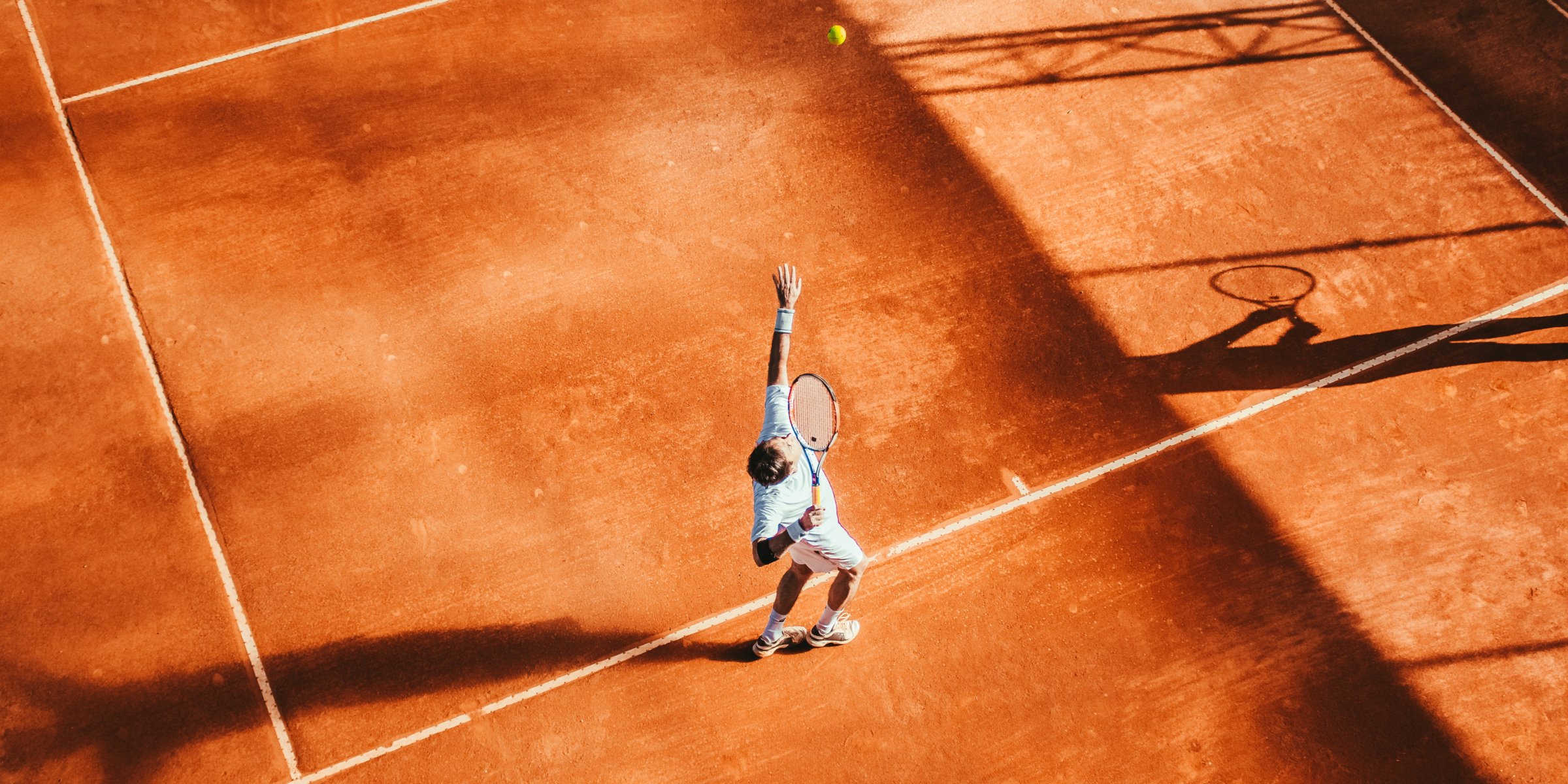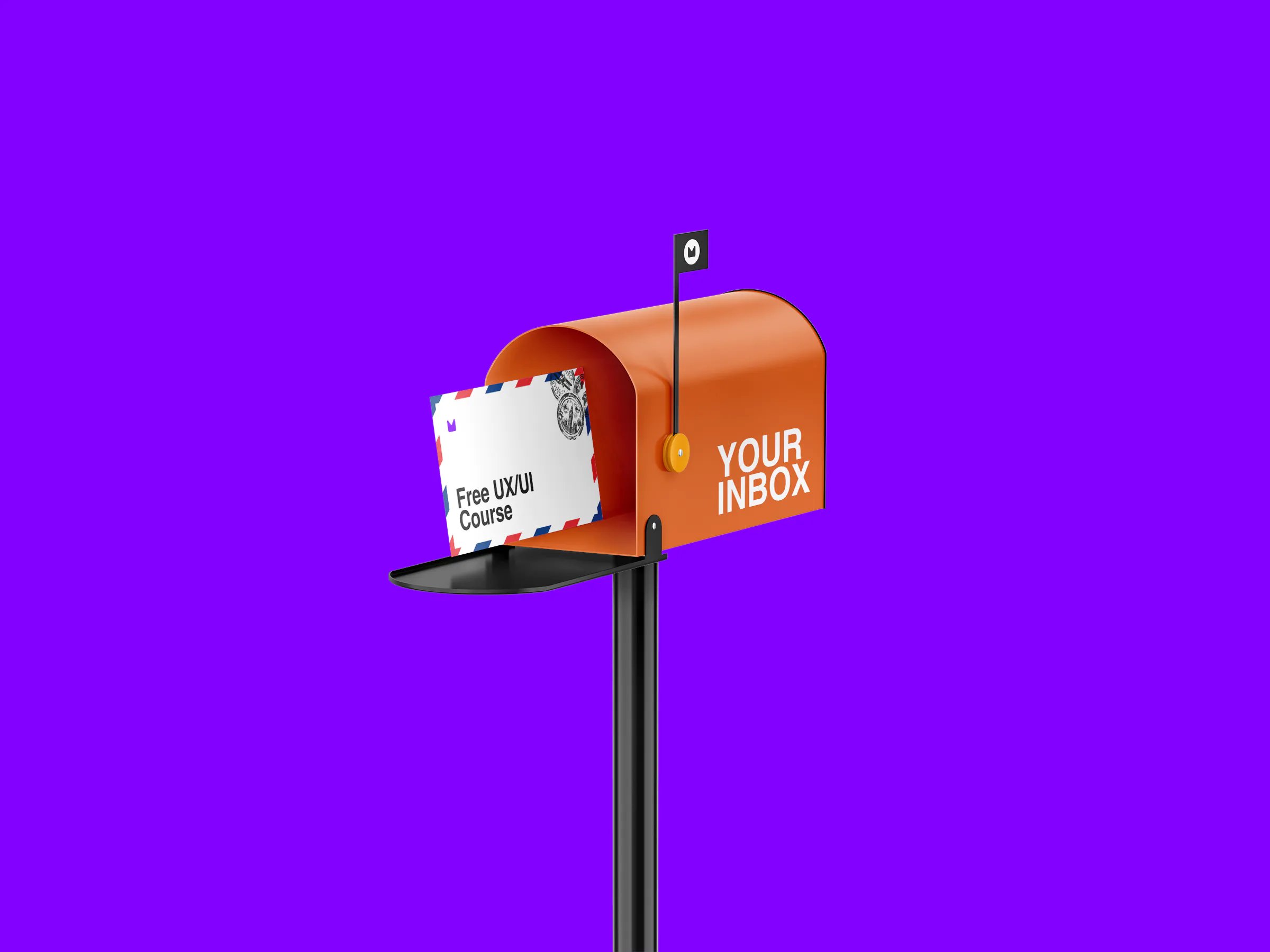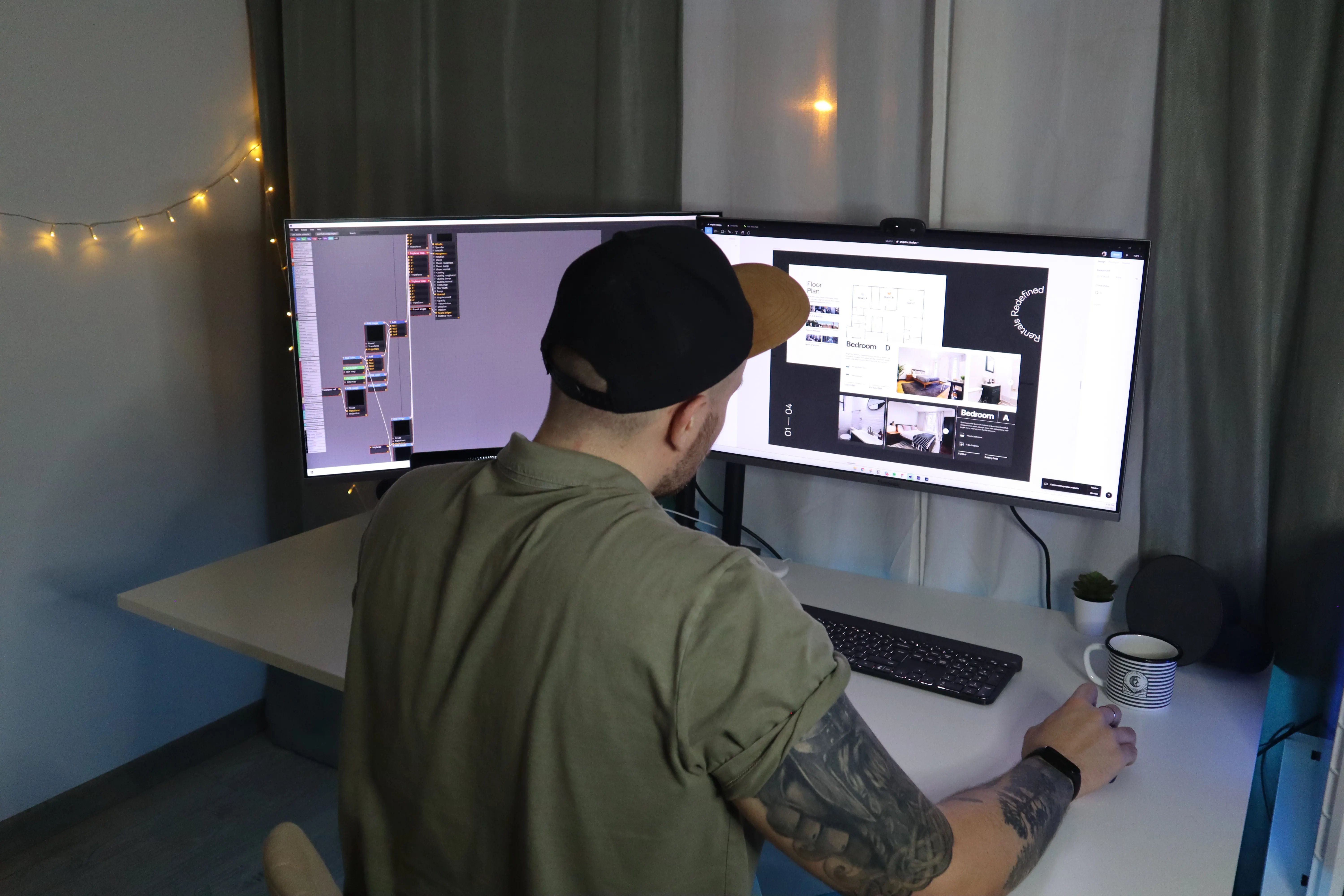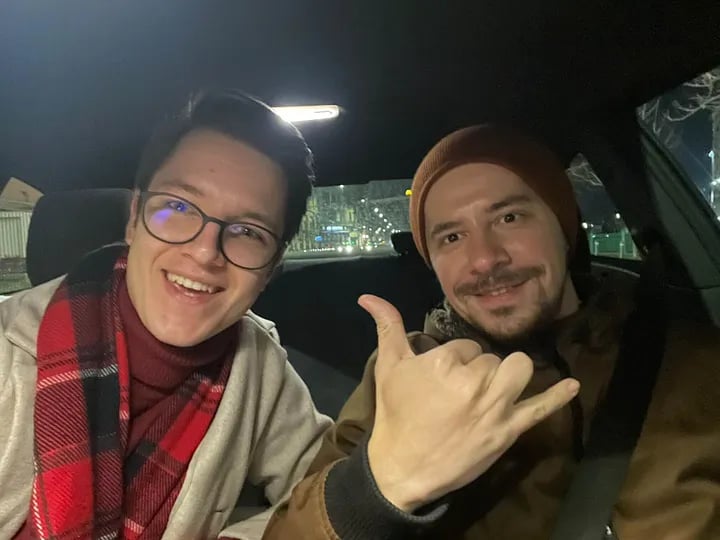

Get a Free UX/UI Course in Your Inbox Every Day for 15 Days
By the end of this three-week crash course, you'll have a much better understanding of the tech industry, the design craft, and all the knowledge you need to start building your career.

Get a Free UX/UI Course in Your Inbox Every Day for 15 Days
By the end of this three-week crash course, you'll have a much better understanding of the tech industry, the design craft, and all the knowledge you need to start building your career.

If you've been struggling to find your true career path, just like I did, then this article is for you. Here's how to stay motivated and land your dream job. Honestly, if I could do it, so can you.
In 2019, I graduated from the Business and Finance management program and was fully prepared to enter the job market. I quickly landed my first job in the finance field, but I wasn't satisfied with my career choices. I spent the next year working several jobs with mixed responsibilities, but everything felt repetitive, and I knew I wanted something more creative and fulfilling.
My search for something I truly enjoyed began during the pandemic in April 2020. I had just received a job acceptance letter from Accenture, but I decided to try something new and work for a Canadian IT startup instead.
Many people questioned my decision to leave a Fortune Global 500 company after spending seven years studying finance, but it felt like the right decision for me. Working for the startup allowed me to try my hand at various fields, from email marketing to chatbot development, and I was free to choose whichever projects I wanted to work on.
In my free time, I experimented as much as possible, trying everything from coding to online shops, game streaming, recording music, and photography. Despite trying all these things, I found myself losing interest after a month or so.
However, there were a few things I enjoyed, such as creating the logic behind chatbots and working on the visual aspects of apps in Xcode. These interests eventually led me to the field of design, specifically UX/UI design. Although I had never heard of UX/UI design before, I started learning the basics from YouTube and articles and even enrolled in a two-week Bootcamp to test the waters.
If you're struggling to stay consistent in your learning, I would recommend going for a structured course or Bootcamp instead. This turned out to be one of the best decisions of my life, but it required a lot of motivation and self-discipline to stay on track.
When I started my 6-month journey to become a UX/UI designer, I was so certain it was the right path for me that I quit my job and fully committed myself to learning. I spent countless hours practicing and studying, and here are some key takeaways that could help you become a successful UX/UI designer.
There are a lot of wonderful articles, but if I were to choose one resource I would suggest following UX Collective on Medium.
My three favorite books about design are:
Youtube channels I prefer to watch:
I am not a mentor, and I have a lot to learn and work hard for in the years to come. However, I wanted to share something that helped me during my journey, which I hope can be useful to you as well. The more you practice, the better you'll become. Keep in mind that your understanding of design is more important than the software you use. You can pick any software that you feel comfortable with. Initially, I started with Sketch but later switched to Figma. Once you learn one of the mainstream tools, switching to another one should take you no longer than a week.Also, make sure to share your design work on Dribbble. However, be careful when using it for inspiration for real projects since most of the designs there may not be practical in reality.
If you want to work in UX, you should create a portfolio. My approach was to find a problem that would resonate with many people, and then learn about the design process before rushing into product design. For my first portfolio project, I designed a mobile app for iOS called UniType, which is an all-in-one messaging app that allows users to keep all their conversations in one place.

Apart from the knowledge I gained, I think the community was something I loved the most. My mentor is still an important part of my life, and I can easily say we’ve built a beautiful friendship and collaboration. Whenever we talk, I end the call with a new outlook on life, full of energy.
People in my life are important to me, and I had the chance to meet and work with incredible Designers, who turned into friends. We visited other countries, tasted food together, and learned from each other to grow as Designers. I don’t think this would have been so easily achievable if I hadn’t joined this community.
I also did mistakes. I think the main one was wasting time perfecting screens and focusing on details nobody will even capture. I started to resonate with the quote “perfect is the enemy of the good,” and I will try to embrace it more in the future. Sometimes you don’t have all the time to spend on the project, and postponing showing your work until it’s perfect can lead to a wasted chance.
Always strive to make things better and to improve yourself and your designs, and the only way to do this is to show them and put them to work as early as possible, even if they are not perfect. You never know where the next idea will come from: it might be from your mentor, your colleagues, users, or clients. I recently started using the 80–20 rule, and I recommend it.

I don't base my career progression on titles or status, as I don't believe that's the right way to measure progress. I think it's important to focus on being a good designer, regardless of how many years of experience or titles you have. Currently, my aim is to work on projects from different industries to gain more experience and expertise in the areas that interest me the most.
